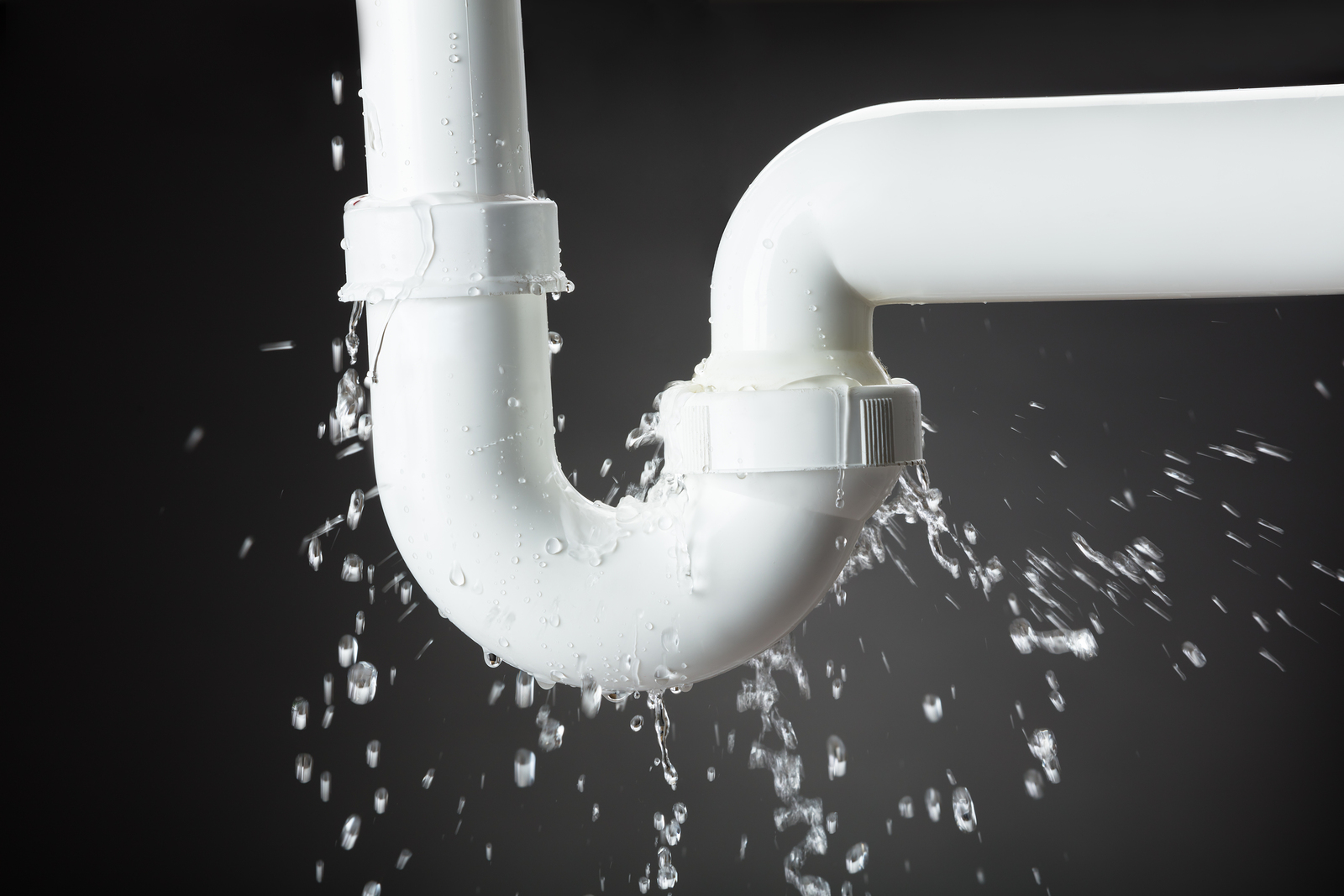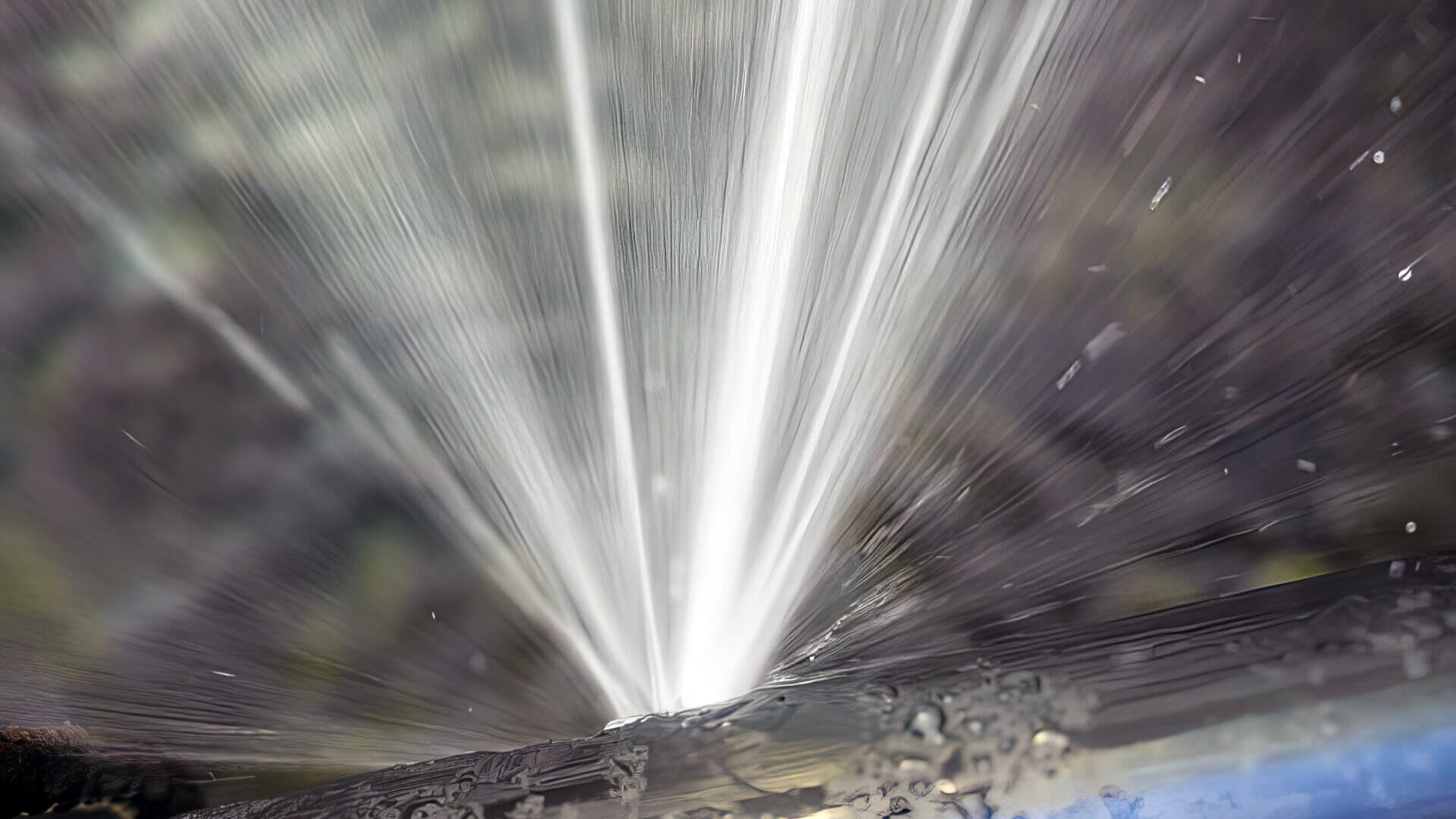What to Do When a Burst Pipe Causes Water Damage in Your Home
Stopping Burst Pipes: Vital Tips to Protect Your Plumbing
Stopping ruptured pipelines is a crucial issue for house owners, specifically during colder months when the risk of freezing is increased. Executing tactical measures such as correct insulation, regular inspections, and keeping consistent indoor temperatures can considerably decrease the likelihood of pipe failure. In addition, recognizing emergency situation procedures gears up house owners to react promptly to possible plumbing issues. However, many are uninformed of the particular vulnerabilities that their pipelines may encounter. Exploring these susceptabilities can give vital understandings into safeguarding your plumbing system properly.
Understand Pipe Vulnerabilities
Recognizing pipeline susceptabilities is vital for effective pipes maintenance and protecting against expensive damage. A number of factors add to the susceptibility of pipelines to bursts, consisting of product structure, age, and ecological conditions. Older pipelines, particularly those made from galvanized steel or polybutylene, commonly deteriorate with time, resulting in raised risk of tears and leakages.
Temperature changes can likewise substantially effect pipe stability. In cooler environments, water trapped in pipelines can ice up, applying and expanding pressure on the pipeline wall surfaces, which might ultimately cause a ruptured. High water pressure can stress pipelines, specifically at bends and joints, heightening the possibility of failure.

Insulate Water Lines Effectively
Correct insulation of pipelines is essential for avoiding freezing and subsequent bursts during chilly weather condition (burst pipe). Shielding your pipes system successfully safeguards versus temperature level drops that can result in expensive damage. Begin by identifying vulnerable areas where pipes are exposed to outdoor temperature levels, such as cellars, attic rooms, and outside wall surfaces
Usage foam pipeline insulation sleeves or cover insulation tape around these locations to provide a protective barrier. Ensure that all sections of the pipelines, especially those with limited heat direct exposure, obtain appropriate insulation. Pay special attention to joints and installations, as these are extra at risk to cold.
When protecting, it's necessary to choose products that fulfill local building ordinance and are appropriate for the specific environment. For example, fiberglass insulation is often advised for its thermal resistance residential or commercial properties - burst pipe. Additionally, consider utilizing heat cables or tape in severe conditions, which can be plugged in to offer supplemental warm
Consistently check insulated pipelines for any type of signs of wear or damage, as endangered insulation can lessen its effectiveness. By taking these proactive actions, you dramatically decrease the threat of pipe bursts, ensuring a trustworthy plumbing system throughout the cold weather.
Maintain Consistent Temperature
A steady interior temperature level is important for stopping ruptured pipelines during the freezing months. When temperature levels decline, water within pipelines can freeze, broadening and creating pressure that might inevitably cause the pipes to burst. To reduce this danger, house owners must keep a regular temperature level throughout their home, preferably no less than 55 ° F(13 ° C)Making use of a programmable thermostat can aid take care of interior temperature levels properly, making certain that rooms with pipes continue to be cozy also when your house is empty. Pay unique interest to areas that are much more vulnerable to cold, such as garages, attic rooms, and cellars. Maintaining cupboard doors open under sinks can likewise allow warmer air from the home to Click This Link circulate around plumbing.
This small flow of water can avoid cold by alleviating pressure within the pipes. By carrying out these strategies, property owners can substantially lower the risk of pipe bursts and protect their plumbing systems against the extreme wintertime aspects.
Routinely Evaluate Plumbing
Regular assessments of plumbing systems are crucial for avoiding ruptured pipes and maintaining overall home integrity. Routine checks allow property owners to determine prospective problems before they intensify into expensive repairs or major water damages. During these evaluations, it is crucial to examine visible pipelines for indicators of deterioration, leakages, or use. Pay special attention to locations vulnerable to cold, such as basements, attics, and outside wall surfaces.
Furthermore, examining joints and connections is crucial, as these points are often at risk to leakages. Property owners should additionally evaluate water stress degrees, as excessive stress can strain the plumbing system and enhance the danger of pipe ruptureds.
Think about organizing specialist plumbing evaluations at the very least as soon as a year, especially before wintertime, to guarantee your system is prepared for colder temperatures. By being positive in your strategy, you can safeguard your home against the disruptive and pricey consequences of burst pipes.
Know Emergency Situation Treatments
Recognizing emergency procedures is important for each house owner, particularly after carrying out normal plumbing assessments. Being prepared for a pipes emergency situation can considerably mitigate damage and conserve prices. Initially, locate your main water shut-off valve; it is commonly found near the water meter or where the main line enters your home. Familiarize yourself with its operation, as turning off the water promptly can stop considerable flooding.
Following, keep important devices helpful. A plumbing emergency kit should consist of a wrench, bettor, and towels, in addition to a flashlight and a bucket for small leakages. Furthermore, think about having the get in touch with info for a trusted plumbing technician readily available, needs to the scenario intensify beyond your control.
If you spot a leakage or burst pipeline, instantly shut off the water system and notify your plumber. Moreover, document the damages with photographs for insurance policy functions. burst pipe. Be mindful of the indications of possible plumbing concerns, such as uncommon water pressure fluctuations or damp spots on wall surfaces
Inevitably, positive knowledge and speedy activity are essential in managing pipes emergency situations, ensuring your home continues to click for source be protected and minimizing possible damage.

Conclusion
Finally, protecting against burst pipes demands a diverse method that consists of understanding pipe susceptabilities, appropriate insulation, maintaining regular interior temperatures, normal assessments, and understanding of emergency situation treatments. By executing these essential approaches, the danger of pipes failings can be considerably decreased, therefore making sure the durability and effectiveness of the pipes system. Aggressive steps not just guard versus prospective damage but additionally add to total water preservation and the defense of residential property.
In colder environments, water trapped in pipelines can freeze, expanding and applying stress on the pipeline wall surfaces, which may inevitably lead to a burst. When temperatures decrease, water within pipelines can freeze, increasing and producing stress that might inevitably trigger the pipes to burst. By applying these check techniques, homeowners can significantly lower the risk of pipe ruptureds and secure their pipes systems against the extreme winter elements.
